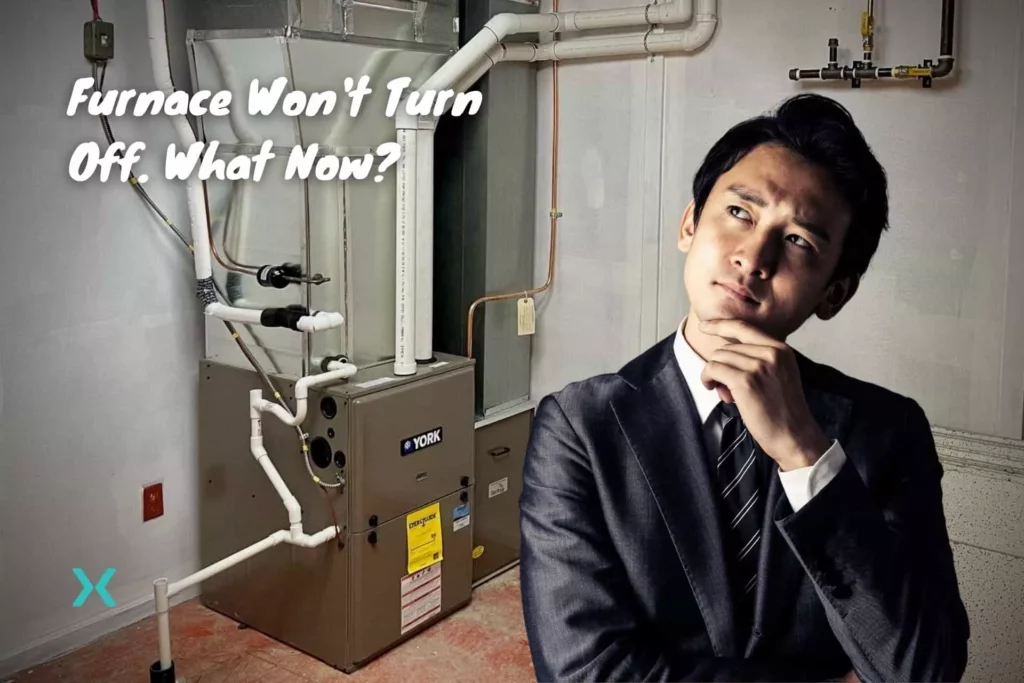Something is wrong if your furnace won’t turn off and the thermostat isn’t asking it to. Well, you’re in the right place to figure out what’s wrong and how to fix it.
A natural gas or propane furnace is a simple heating system that is meant to circulate warm air when the thermostat is set to a temperature above the temperature in your home.
After pumping enough heated air into your house and raising the temperature, it should turn itself off.
If it’s running any other time, something is wrong and needs to be fixed as soon as possible. Read this article from top to bottom, and when you’re done, you’ll know how to fix your furnace.
Table of Contents
❌ Your Furnace Won’t Turn Off. Why This Isn’t Good.
There are several negative implications of your furnace staying ON even after the set temperature has been reached, and they include:
- Higher heating bill/ energy costs
- Reducing the life span of the furnace
- Constant noise from the furnace blower motor
- If the burners are still going, your place will get extremely hot (if this is happening, you need to shut your furnace power off right away)
It is important to know exactly how to deal with a furnace that won’t shut off to avoid the problems mentioned above.
Some issues might require getting help from an HVAC technician with the tools, skills, and experience to repair your HVAC system safely.
If your furnace won’t shut off, it’s most likely one of the following issues.
The first two you should be able to handle yourself.
The remaining issues will require a professional HVAC technician to fix.
✅ Step 1. Check for a Wrong Thermostat Setting
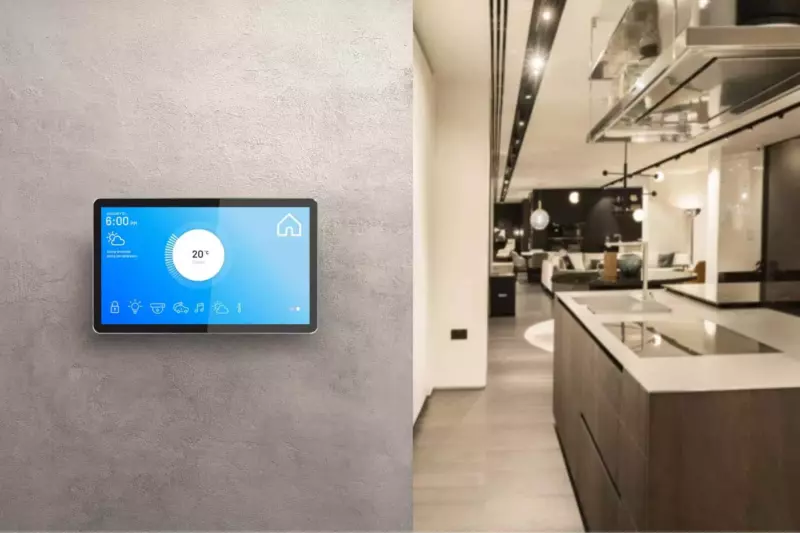
First things first, check your thermostat settings, including your temperature setting and your fan setting.
The thermostat on your furnace has specific settings that are meant to allow you to control its operation, and sometimes the problem is as easy as a wrong setting.
🛠️ Settings To Check:
🧰 Check to see if the thermostat fan settings are set to “AUTO” or “ON”?
You may have switched it to ON instead of AUTO; if that’s the case, the furnace blower will continue circulating air 24/7.
On Auto, the furnace should switch off after reaching the desired temperature.
If the thermostat controls are set to AUTO, and the furnace is still running, then let’s move to the next potential issue.
🧰 Check that the thermostat isn’t set too high.
The furnace may not keep up with maintaining that temperature.
A lot of people believe that the higher the temperature setting, the harder the furnace will work….this is not the case.
And if you’ve set the temperature too high and the furnace wasn’t sized properly, then it will never reach the setpoint and turn off (a temperature set at or above 80F (or 26C for our metric friends) will strain your furnace), especially during cold weather.
🧰 Check your home’s room temperature using a separate thermometer
Compare your current temperature to your thermostat with a different thermometer.
If the temperature is below, your furnace fan is working too hard, which may be caused by a dirty air filter.
A dirty air filter stops your furnace blower from effectively moving air and significantly reduces its energy efficiency.
If it’s above, this means something serious is wrong, and it’s time to call an HVAC contractor for professional furnace repair.
✅ Step 2. Check For a Dirty Air Filter
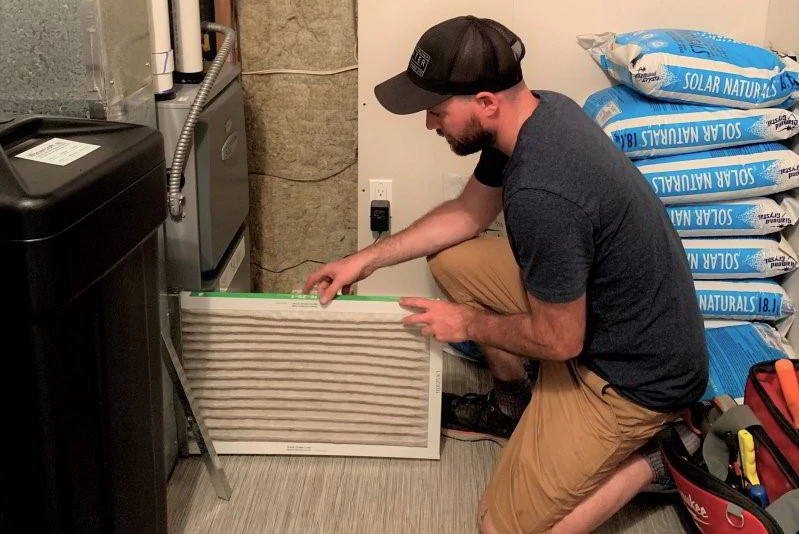
All that air that blows from your furnace’s air vents goes through an air filter.
This air filter is designed to trap dust and other unwanted substances.
When a dirty air filter remains clogged for prolonged periods, it prevents air flow through the furnace and across the heat exchanger, eventually tripping the high-limit switch.
If this high-limit switch gets tripped three times within one call for heat, then the furnace gets locked out, and then all you will get is cold air out of your vents.
A clogged air filter is one of the top causes of furnace malfunctions.
If you notice the air filters are clogged, you can either try cleaning them depending on the type of air filter or purchase replacement filters.
You should be checking your furnace filters at least every one to three months.
If you just replaced your old filter, then wait approximately one hour to see how your furnace reacts and see if it’s blowing hot air.
If the problem continues, it’s time to call the professionals.
✅ Step 3. Call the Professionals

If you followed the above troubleshooting steps and still have furnace problems, it’s time to call the professionals.
There could be specific issues like a faulty blower motor, a shorted control board or a malfunctioning thermostat that you can’t handle on your own.
These are more sophisticated issues that need to be handled by a trained professional.
Dealing with such problems on your own puts your safety at risk and can damage the heating unit.
🛠️ Broken Blower Fan Motor
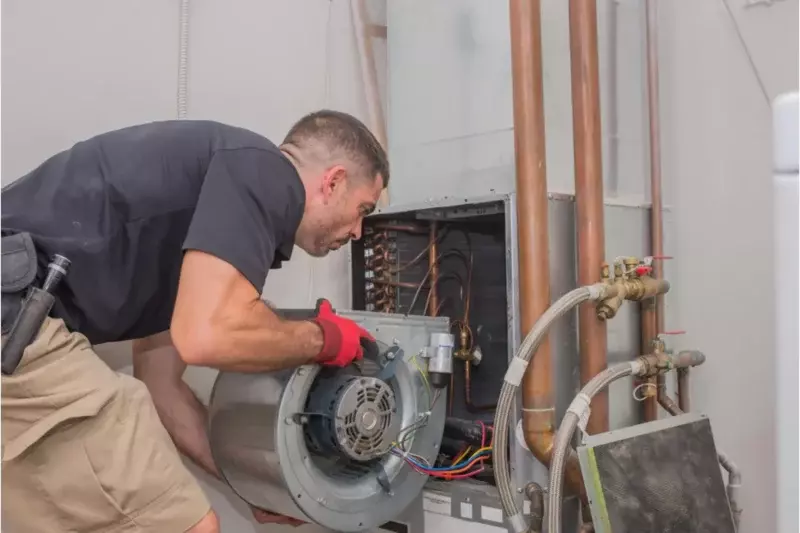
The fan that blows heated air into your home uses a motor to run.
The blower motor in the furnace can, at times, experience problems. This consequently reduces the performance of the fan.
When the motor is not functioning correctly, your furnace will continue working longer, hoping to heat enough air to raise the temperature in your home.
It might be challenging for you to fix this problem since most homeowners don’t have the necessary skills or tools.
An HVAC professional has the training to examine this type of furnace issue and can determine the best course of action, depending on the kind of furnace you have.
In most cases, the fan limit switch is usually at fault.
This can generally be fixed by replacing the fan limit switch and/ or repairing faulty wiring to the switch.
🛠️ Malfunctioning Thermostat
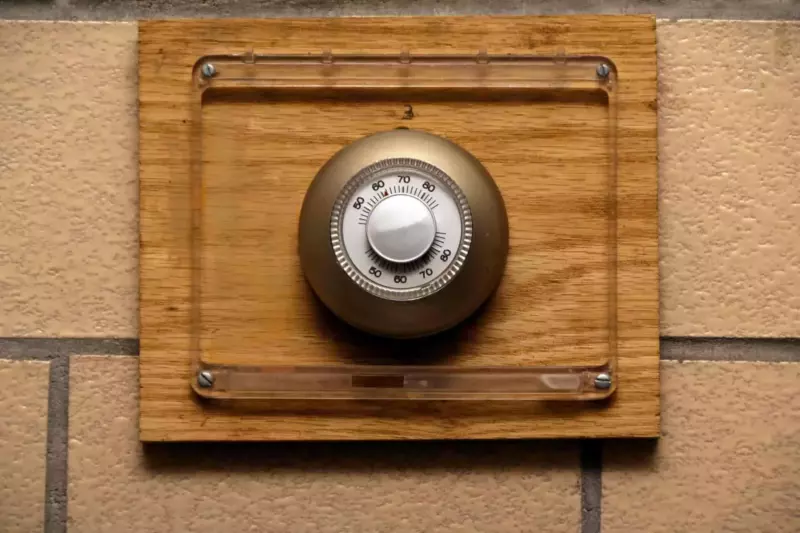
The thermostat on your HVAC system might also malfunction because of several reasons.
Some of the top reasons that can lead to this include the following:
- The electrical cables short-circuiting
- Unwanted substances getting into the thermostat
- Natural wearing out of some components
Most thermostat issues require a working knowledge of electricity, so they should be left to a professional.
You might hurt yourself trying to do the repairs yourself or, even worse, cause an electrical fire.
Getting a professional to fix the problem will save you the pain of electrical burns or burning your home to the ground.
🛠️ Leaky Ductwork
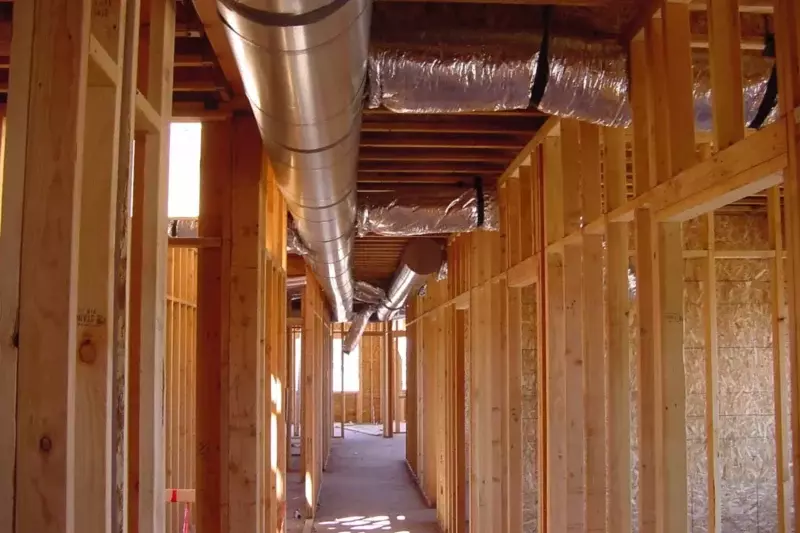
There are two types of ductwork in every home.
These are known as supply ducts and return ducts.
The supply ducting is the one responsible for blowing the heated air from your furnace into your home.
Return ducts or cold air return ducts are responsible for sucking air back into the furnace to be heated and redistributed.
When any of the ducts are leaking, your furnace will not function correctly.
A leaking supply duct means that heated air is released in a disorganized way or is circulated into your attic.
This increases the amount of time needed to warm up your home.
The same applies to your return ducting.
This means the furnace is unable to suck in enough air.
As a homeowner, you might not have the necessary tools and expertise to handle the leaking ducts effectively.
An HVAC professional is trained to identify and fix leaking ducts quickly.
Duct sealing is best left to a professional.
It requires knowledge of using special sealant and metal tape to cover any holes in your ducts.
Related Reading: Homeowners Guide to Ductwork Sealing
Related Reading: Duct Repair: A Homeowners DIY Guide
✅ Getting the Right Professional to Deal with a Furnace That Won’t Shut Down
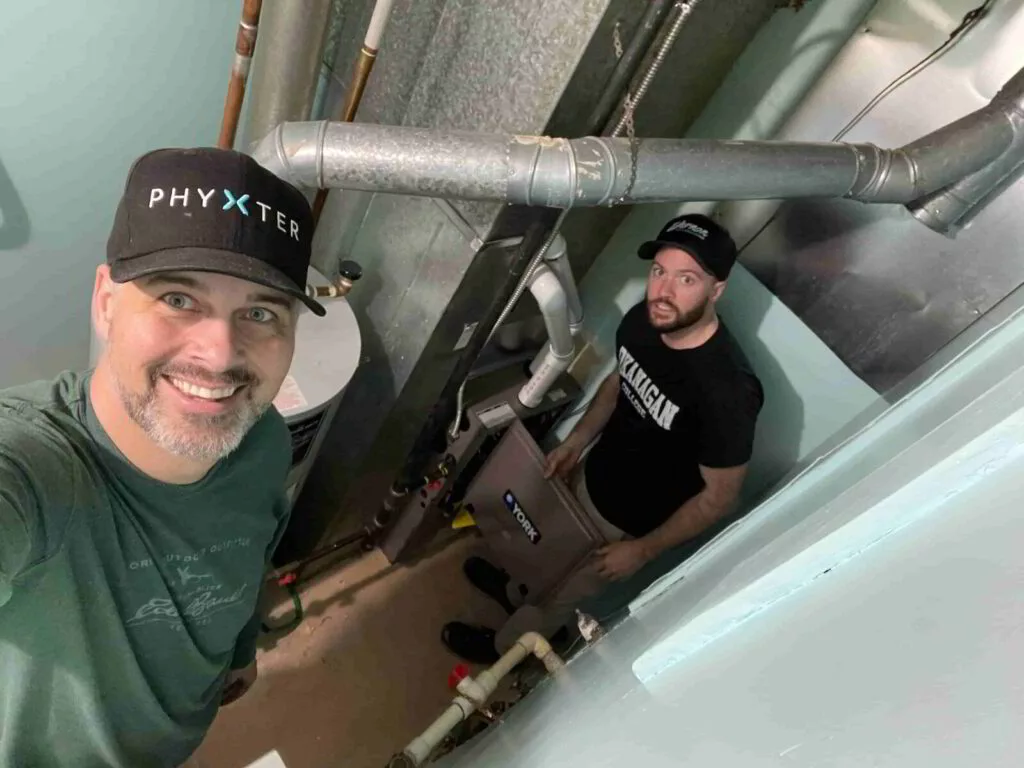
So if your thermostat is set properly, your filter is clean, and your furnace is still running, it’s time to call a professional.
It is important to work with licensed, insured, experienced and highly-rated HVAC contractors to ensure your furnace issues are fixed correctly the first time.
If you’re calling a large company, make sure to ask them if they have experience with your brand of furnace.
If you’re still unsure how to fix your furnace, I would recommend reading our article on the top furnace problems and solutions, or make the most of your money and get a professional HVAC contractor to fix it right the first time.
Want to learn more about your home’s heating system? Check out our other heating articles.

